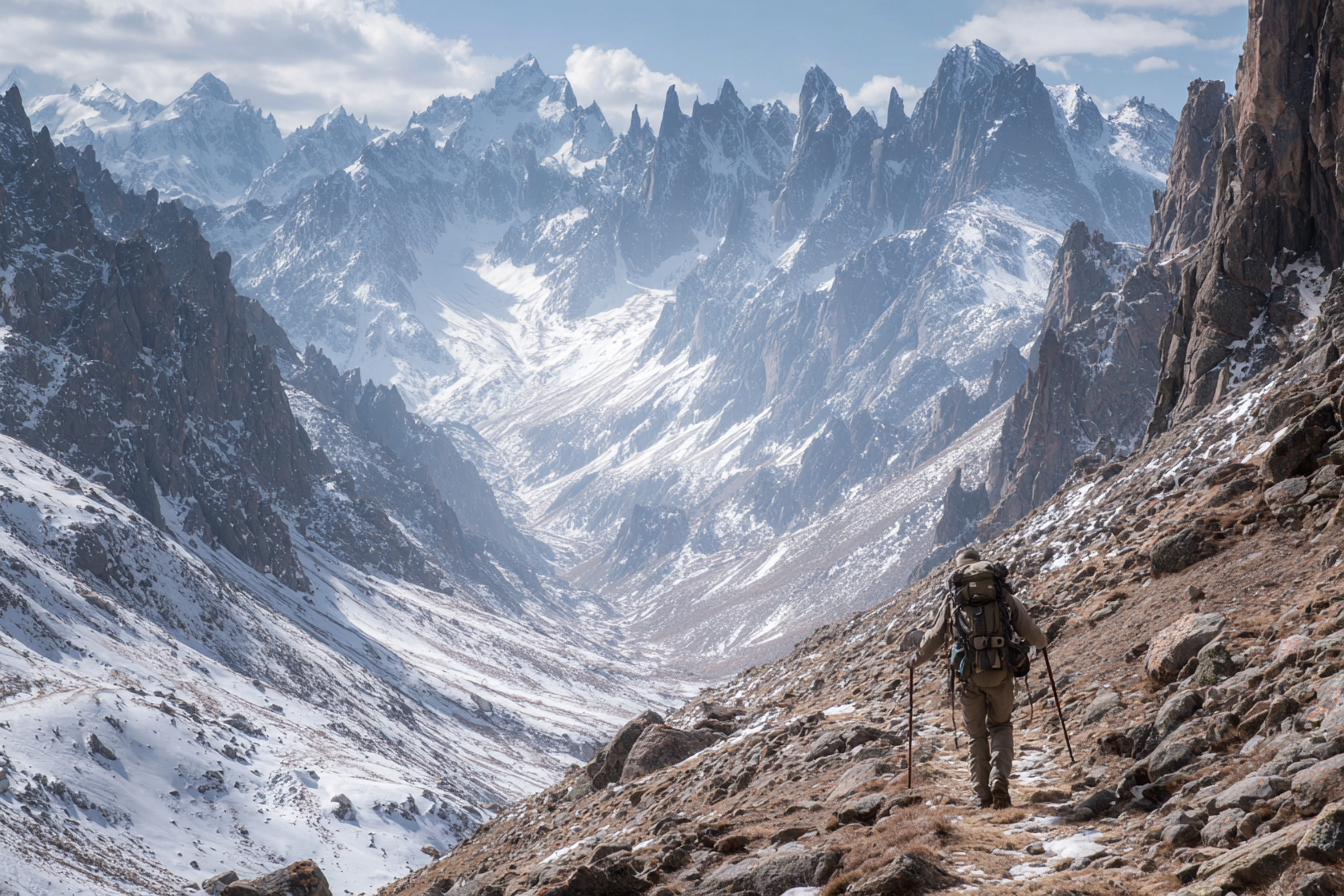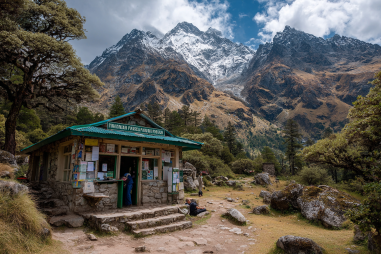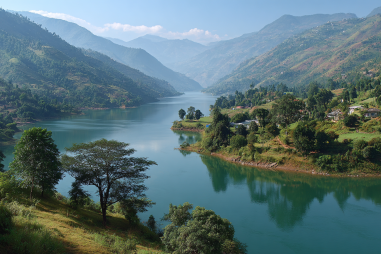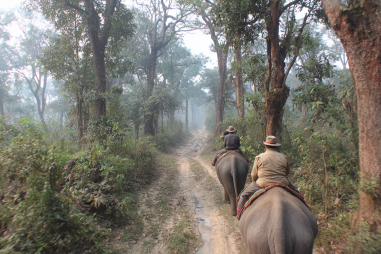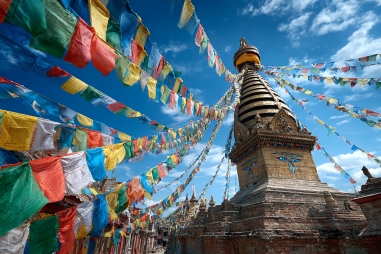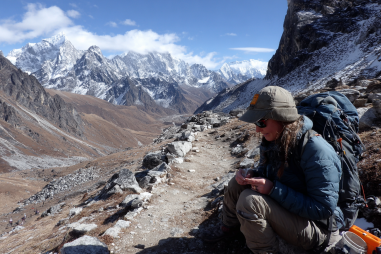Trekking to Annapurna Base Camp (ABC) is an unforgettable adventure that offers breathtaking landscapes and a unique cultural experience. However, as thrilling as the journey can be, safety should always come first. The Annapurna region presents several challenges, from rapidly changing weather to high altitude and rugged terrain. Being well-prepared can make your trek not only enjoyable but also safe and stress-free. This article shares essential safety tips that will help you navigate the trail with confidence and mindfulness.
Common Dangers on the Annapurna Base Camp Trek
Before setting off on the trek, it’s important to be aware of the common hazards you might encounter. One significant risk is altitude sickness due to the rise in elevation. The trail also has sections prone to landslides and slips, especially during the monsoon season. Narrow paths along steep cliffs require careful footing to avoid falls. Sudden weather changes can cause hypothermia or heat-related issues, depending on the season. Wildlife encounters, although rare, can also pose risks. Understanding these dangers helps you stay alert and take necessary precautions throughout the trek.
Preparing Physically and Mentally
Preparation is key to tackling the Annapurna Base Camp trek safely. Physically, undertake regular cardiovascular exercises such as hiking, jogging, or cycling to build stamina. Strength training focused on legs and core will improve your ability to handle uneven terrain. Mental preparedness is just as important; trekking in remote areas can be challenging, requiring patience and a positive mindset. Familiarize yourself with the trail profile and altitude gains to set realistic expectations. Training with a weighted backpack will simulate actual trekking conditions and improve endurance.
Proper Gear for Safety
Packing the right gear can mean the difference between a safe trek and a difficult one. Essential items include sturdy hiking boots with good ankle support and non-slip soles, as rocky terrain can be tricky. Layered clothing is necessary to adapt to varying temperatures—thermal base layers, a fleece or down jacket, and waterproof outerwear are vital. Bring a reliable headlamp with extra batteries for early starts or emergencies at night. Trekking poles help with balance and reduce knee strain on steep descents. Don’t forget a hat, sunglasses, and sunscreen to protect against sunburn at high altitudes. Carry a well-stocked first aid kit including blister care supplies, painkillers, and altitude sickness medication if prescribed.
Altitude Sickness Recognition and Action
Altitude sickness is one of the most serious risks when trekking to Annapurna Base Camp, which stands at an elevation of about 4,130 meters (13,550 feet). Symptoms include headaches, nausea, dizziness, tiredness, insomnia, and loss of appetite. If you or your trekking companions experience these symptoms, it’s crucial to take action immediately. The best practice is to ascend slowly and allow your body to acclimatize. Drinking plenty of water and avoiding alcohol helps. If symptoms worsen or do not improve after resting, descend to a lower altitude without delay. Carrying medications such as acetazolamide (Diamox) can help prevent or reduce symptoms, but consult a healthcare professional before use.
Weather-Related Precautions
The weather in the Annapurna region can change rapidly. During the pre-monsoon (spring) and post-monsoon (autumn) seasons, the weather is generally favorable but still unpredictable. Monsoon season brings heavy rainfall, making trails slippery and increasing landslide risk, so it’s best to avoid trekking during this time. Winter can be very cold, with snow making some parts hazardous. Always check local weather forecasts before starting your day and carry waterproof gear even if skies look clear. Plan your trek to avoid high winds, storms, or snowfall that might increase risk of accidents or delays. Being prepared for extreme weather conditions helps you stay safe and comfortable.
Emergency Plans and Contact Information
Having an emergency plan is essential for any trekker. Inform a trusted contact or trekking agency about your itinerary and expected return date. If trekking independently, consider hiring a local guide who knows the area and emergency routes. Carry a fully charged mobile phone and a portable power bank. Note that mobile network coverage can be patchy, so a satellite phone or a GPS emergency beacon is recommended in more remote sections. Familiarize yourself with nearby medical facilities, such as the Annapurna Regional Hospital in Pokhara, and have the contact details of rescue services readily available. In case of severe altitude sickness or injury, evacuation by helicopter might be necessary, so travel insurance covering helicopter rescue is strongly advised.
Working with Guides and Porters
Hiring experienced guides and porters not only enhances your trekking experience but also significantly improves your safety. Guides are knowledgeable about the terrain, weather, and altitude sickness symptoms. They can help manage pacing, provide first aid, and navigate challenging sections. Porters assist by carrying heavy loads, allowing you to trek more comfortably and safely. When working with local staff, ensure they are fairly compensated and treated respectfully, as their wellbeing directly affects your journey. Guides and porters can also help communicate with local people and manage logistics, contributing to a smoother and safer trek.
Local Rules and Regulations for Safety
Respecting local rules and regulations is important for your safety and the preservation of the environment. Obtain the necessary permits, such as the Annapurna Conservation Area Permit (ACAP) and Trekker’s Information Management System (TIMS) card, before you start trekking. These permits help authorities track trekkers and respond quickly in emergencies. Stay on marked trails to avoid accidents and protect fragile ecosystems. Follow fire regulations and dispose of waste properly to prevent hazards. Listen carefully to briefings provided by local officials or guides, as these may include vital safety information specific to current trail or weather conditions.
Responsible Trekking Practices
Being a responsible trekker means trekking safely while minimizing your impact on the environment and local communities. Stick to established paths to reduce erosion and trail damage. Carry out all your garbage, including biodegradable waste like food scraps. Use refillable water bottles and treat water properly to prevent illness. Avoid disturbing wildlife and respect local customs and traditions. Support local businesses by purchasing supplies and services ethically. By trekking responsibly, you help preserve the beauty and safety of the Annapurna region for future adventurers.
Enjoying Your Trek with Confidence and Mindfulness
Ultimately, safety on the Annapurna Base Camp trek comes down to being prepared, staying aware, and respecting your limits. Take time to acclimatize, listen to your body, and don’t rush the journey. Embrace the stunning scenery and the warmth of local culture, but keep safety at the forefront. With careful planning, the right gear, and mindful trekking practices, you can enjoy this spectacular trek with confidence and peace of mind. Remember, the goal is not just to reach the base camp but to experience the adventure safely and sustainably.

